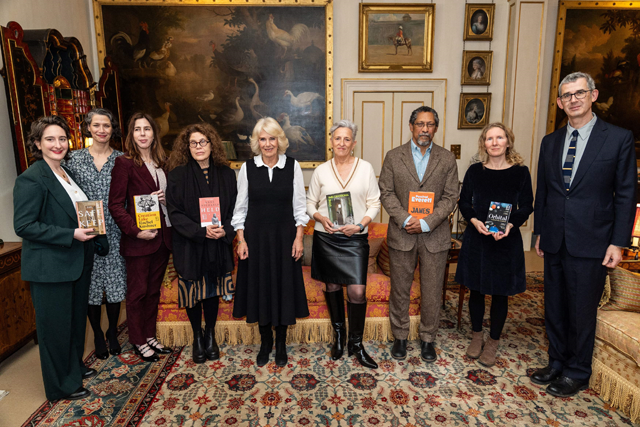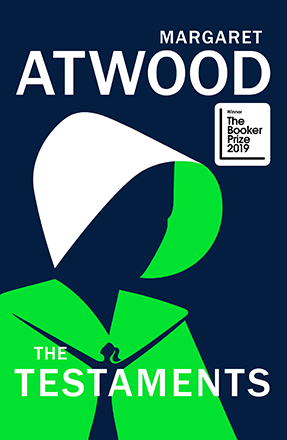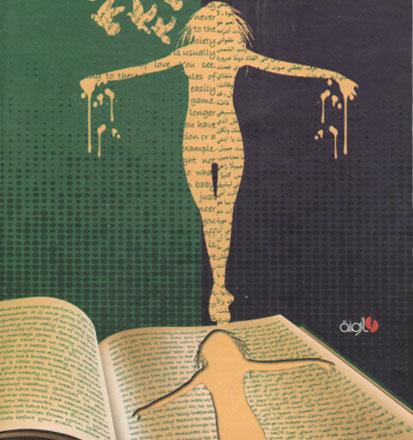You are here
Women on the move
By Sally Bland - Oct 11,2020 - Last updated at Oct 11,2020

Girl, Woman, Other
Bernardine Evaristo
UK: Penguin Books, 2020
Pp. 452
In this multicultural and multigenerational novel, Bernardine Evaristo displays an expansive imagination, an intimate grasp of real life, and a profound empathy with her fellow human beings, especially black women and all those who have been previously overlooked or suppressed. “Girl, Woman, Other” is the novel that shared the 2020 Booker Prize with Margaret Atwood’s “The Testimonies”. Reading it, one can easily see why it was awarded, for it is brimming with masterful storytelling and spiced with debate over some of the most pressing issues of our time, especially race and gender, but also the educational system, gentrification, immigration, poverty, environmental degradation, and the after-effects of colonialism.
“Girl, Woman, Other” tells the stories of twelve women in a flowing stream-of-consciousness style that defies standard punctuation in favour of drawing the reader into the essence of their experience, whether harsh or joyous. Since every story covers family, friends and co-workers of one of the twelve, there are actually scores of characters, some flamboyantly drawn under Evaristo’s magical hand. Most are born in Britain but have varying degrees of African blood in their veins. Some are struggling single mothers; a few are happily married or in a workable relationship. Some pass as white; some strive to make it in white society, while others proudly assert their black feminist identity and culture, demanding that they too be accepted as part of modern-day Britain.
The book opens with Amma, a feminist, lesbian theatre director approaching middle age. While Amma had spent years protesting the demeaning, stereotyped roles available to black women actors and publicly heckling shows that offend her values, she is finally getting recognition from the establishment: “The Last Amazon of Dahomey”, her daring play about women warriors in a historical African kingdom, is opening at the National Theatre in London. Seemingly, she has reached the pinnacle of success, and on her own terms. Yet, no story in this book ever ends conclusively. Some of her lefty friends deride her for selling out, while her teenage daughter, Yazz, takes for granted the feminism and equality her mother has fought for, and is often critical of her. Though the two love each other dearly, Yazz injects the generation gap into the novel. She has gone beyond her mother’s struggles, believing “that the older generation has RUINED EVERYTHING and her generation is doooooomed/unless they wrest intellectual control from their elders”. (p. 42)
The generation gap plays out somewhat differently in the families of earlier immigrants from Africa or the Caribbean. The first generation makes incredible sacrifices so that their children can realise the dreams they thought Britain had in store for them. Carole’s parents had worked menial jobs all their lives, because their Nigerian university degrees were not recognised in Britain when they arrived. As a result, her mother pushes Carole to continue her studies at Oxford University despite the alienation she experiences as the only dark-skinned student there: “You must go back and fight the battles that are your British birthright, Carole, as a true Nigerian… she could not have predicted it would lead to Carole rejecting her true culture.” (pp. 134, 155)
The stories of the twelve women are arranged in clusters of friends and relatives. About halfway through the book, there begins some intermingling of their stories as women from one cluster begin to turn up in other clusters as friends or co-workers of other characters. This serves to make the story more intense as common threads appear between the different women and their lives.
For the new generation things are clear; they establish their own social groups and culture more confidently. But Evaristo also describes the ambivalence in which many of her black characters live, never knowing for sure if negative reactions from others are due to racism or something else, or if they can best manage by being deferential or confronting the problem head-on. Most nuanced are the stories that involve immigrants who tried making a life in rural parts of Britain where the population had hardly seen a black person before. As she dissects the obvious and more subtle forms of racism, many ironies emerge, sometimes humorous and sometimes not, stemming from racism’s and sexism’s dehumanisation, or feminism’s misuse to control other women. Literally everything is subject to debate in this novel, and many characters struggle with their identity and sexuality throughout the novel.
Evaristo’s novel is a creative depiction of the current stage of what Edward Said called “the voyage in”, highlighting the influence of formerly colonised populations on the colonising “mother country”. It shows Britain’s transition from a colonial empire into a multicultural society, as former natives of the colonies seek their fortunes through immigration.
The epilogue of the novel is truly mind-blowing, for its implications stretch far beyond the novel’s pages to indicate how long and how widely people have travelled from their native country and mixed with other peoples and races. Besides telling fascinating stories, Evaristo demolishes many myths of racial purity and gender conformity. Implicitly, she calls for a new way of relating to “the Other”. “Girl, Woman, Other” is available at UBCC bookshop in Amman.
Related Articles
LONDON — British writer Samantha Harvey won the prestigious Booker Prize on Tuesday for her science fiction novel following six astronauts a
Inkshedding Gender Politics: Academic Activism in Feminist TheoryRula Quawas, editorAmman: Azminah, 2017Pp.


















